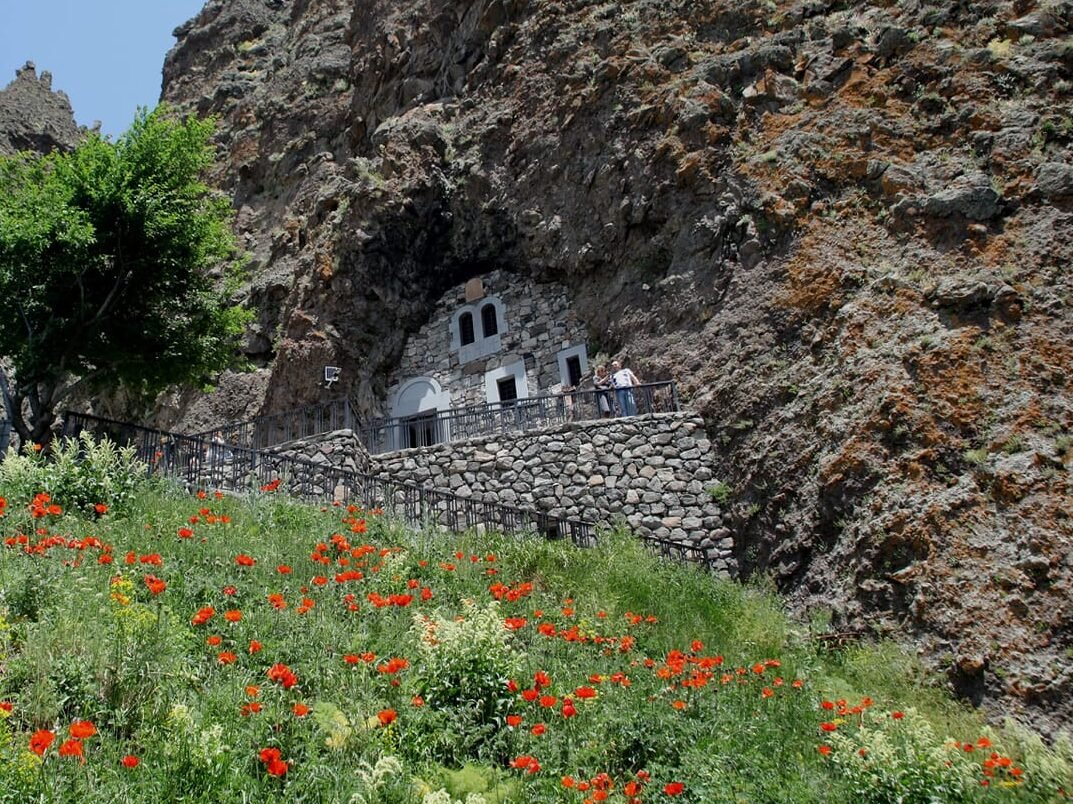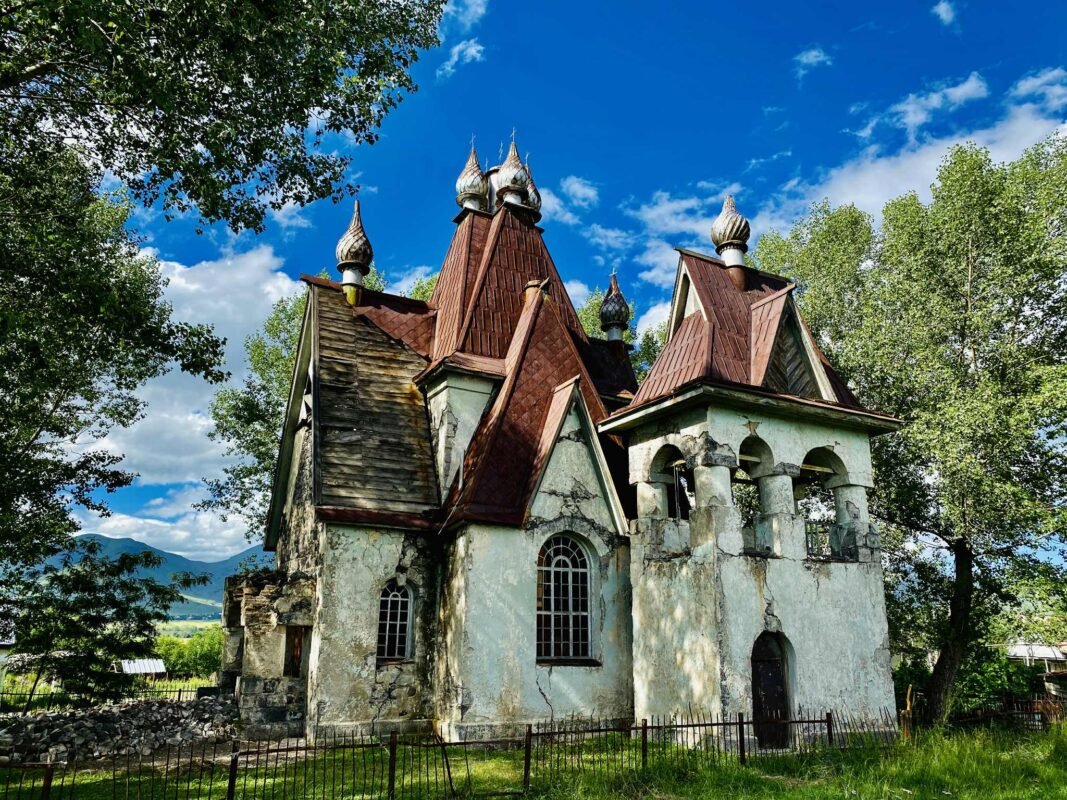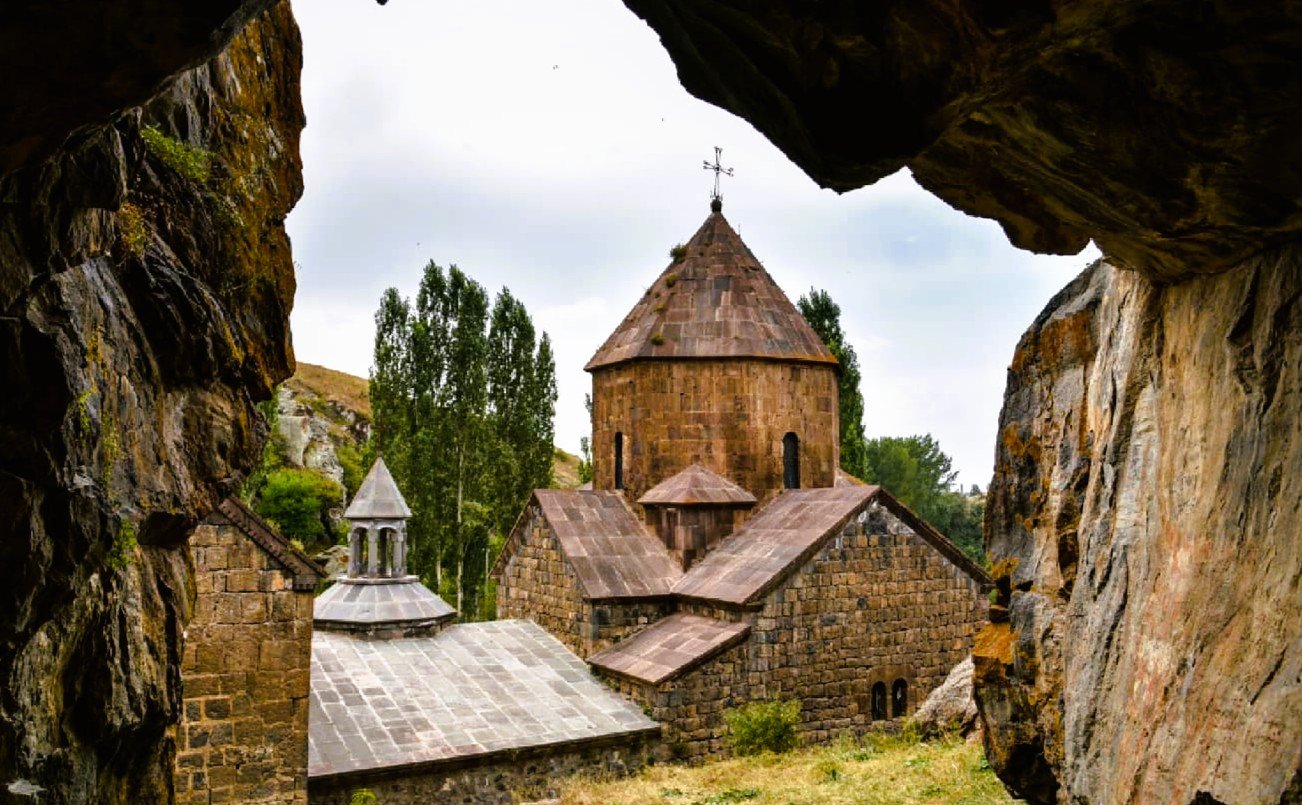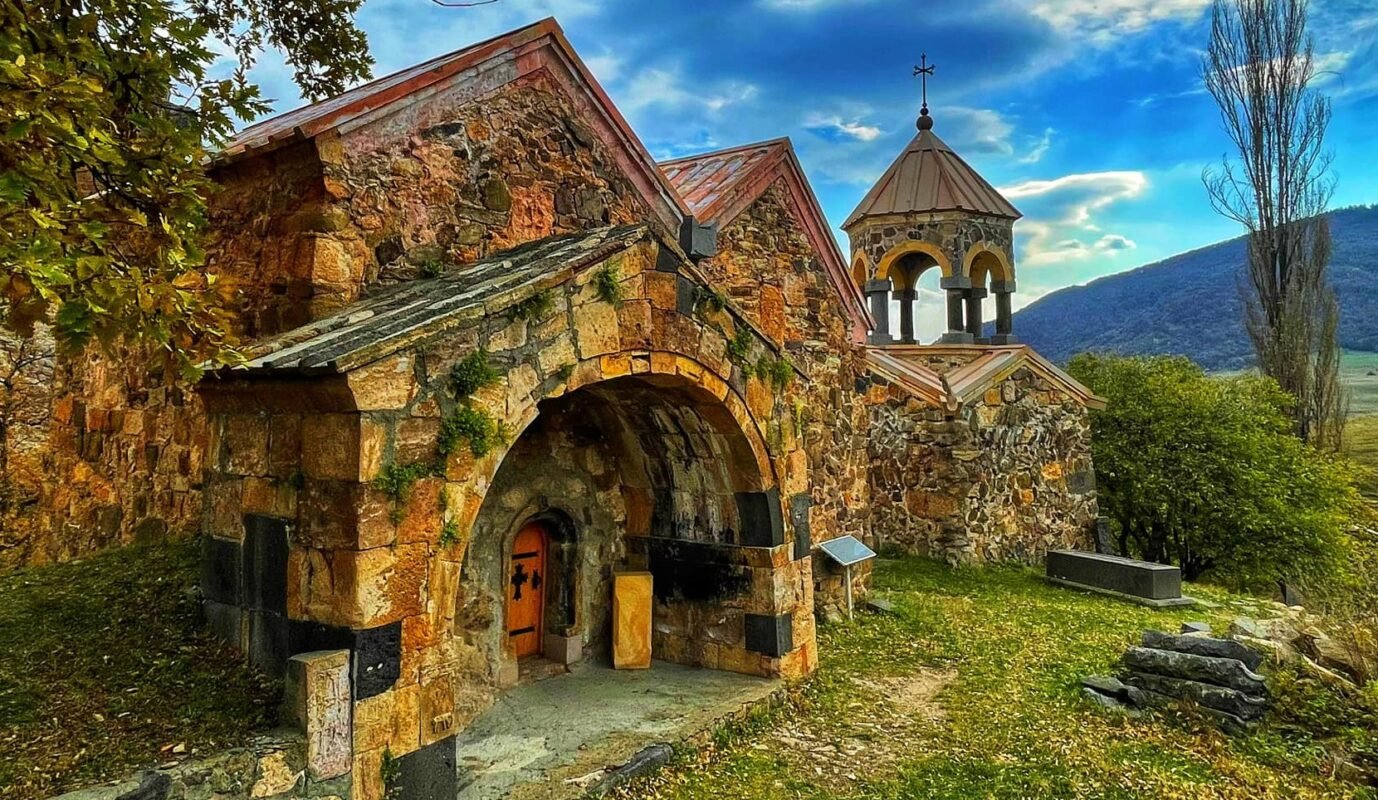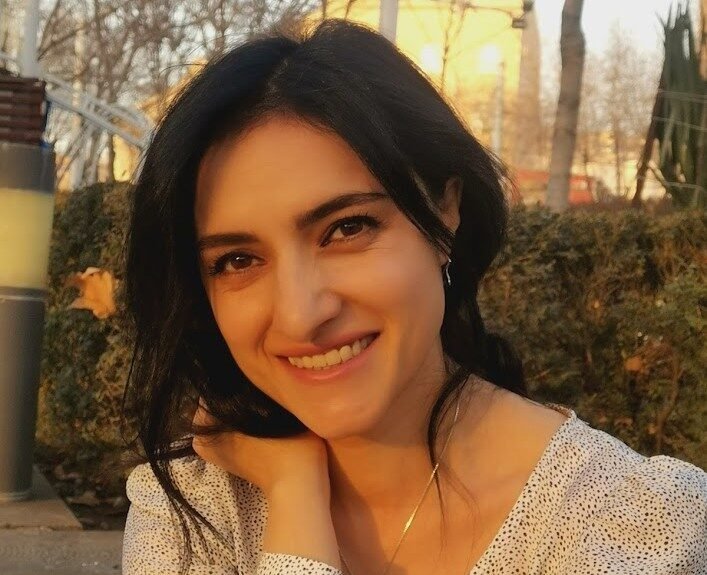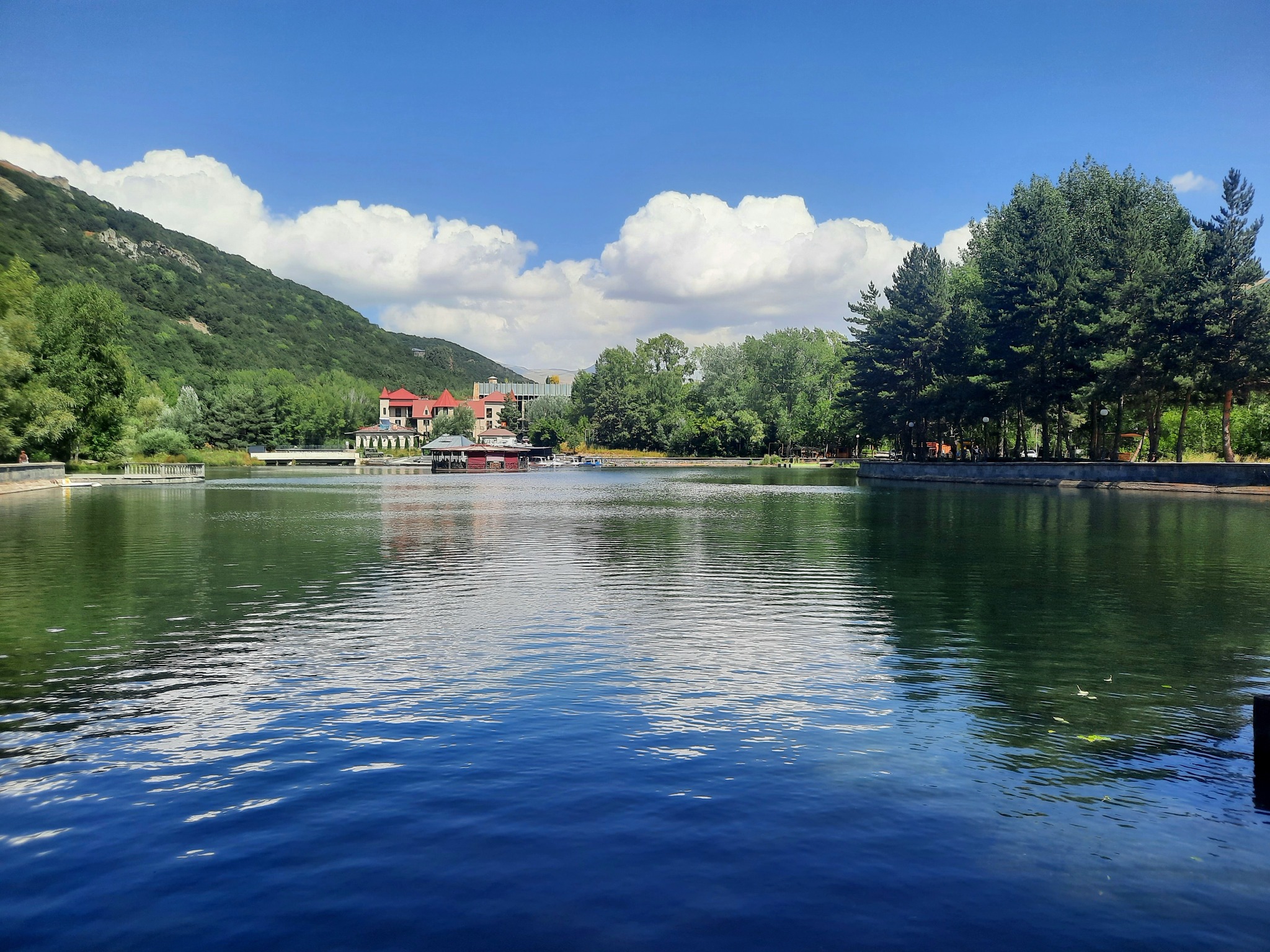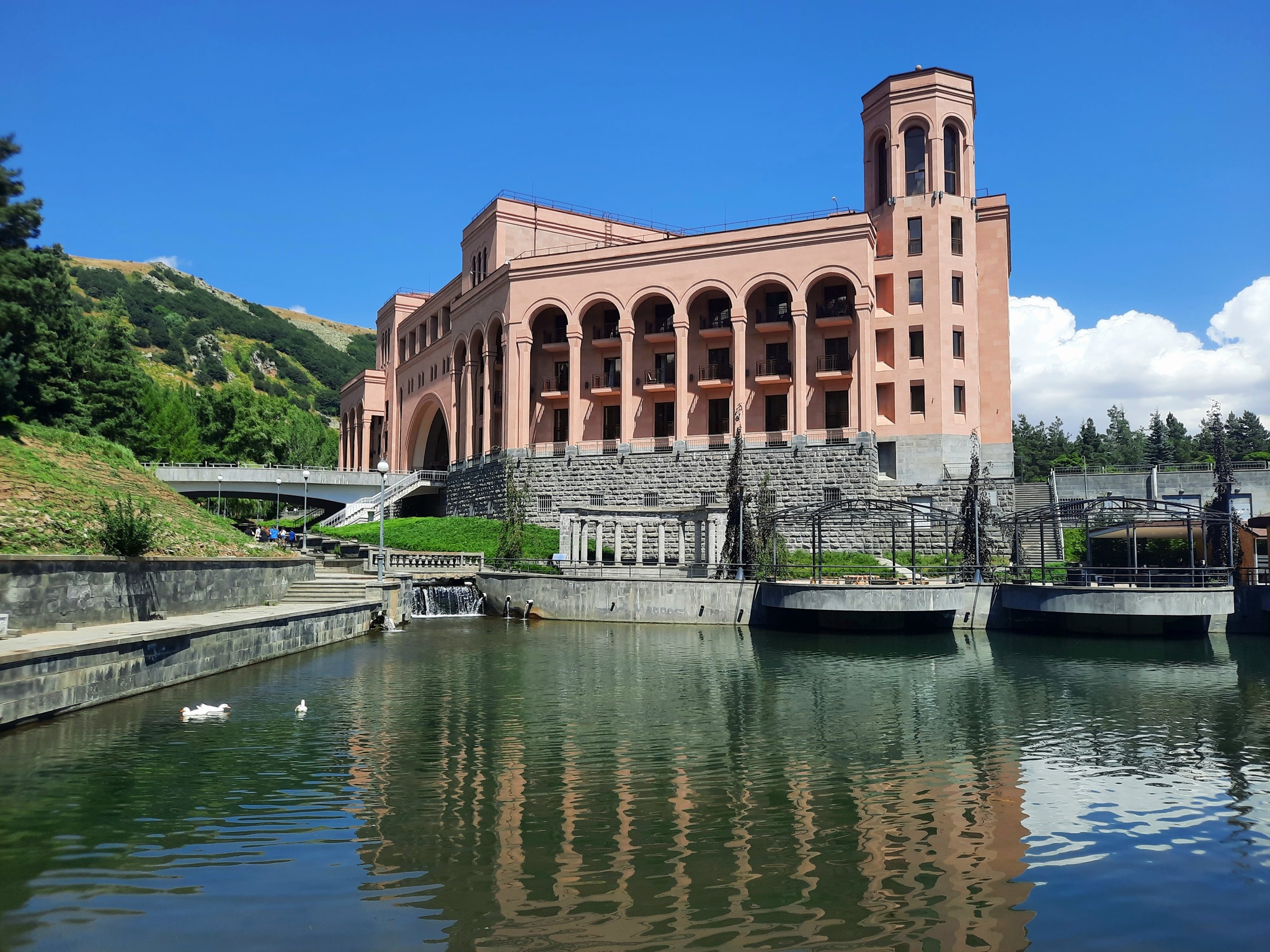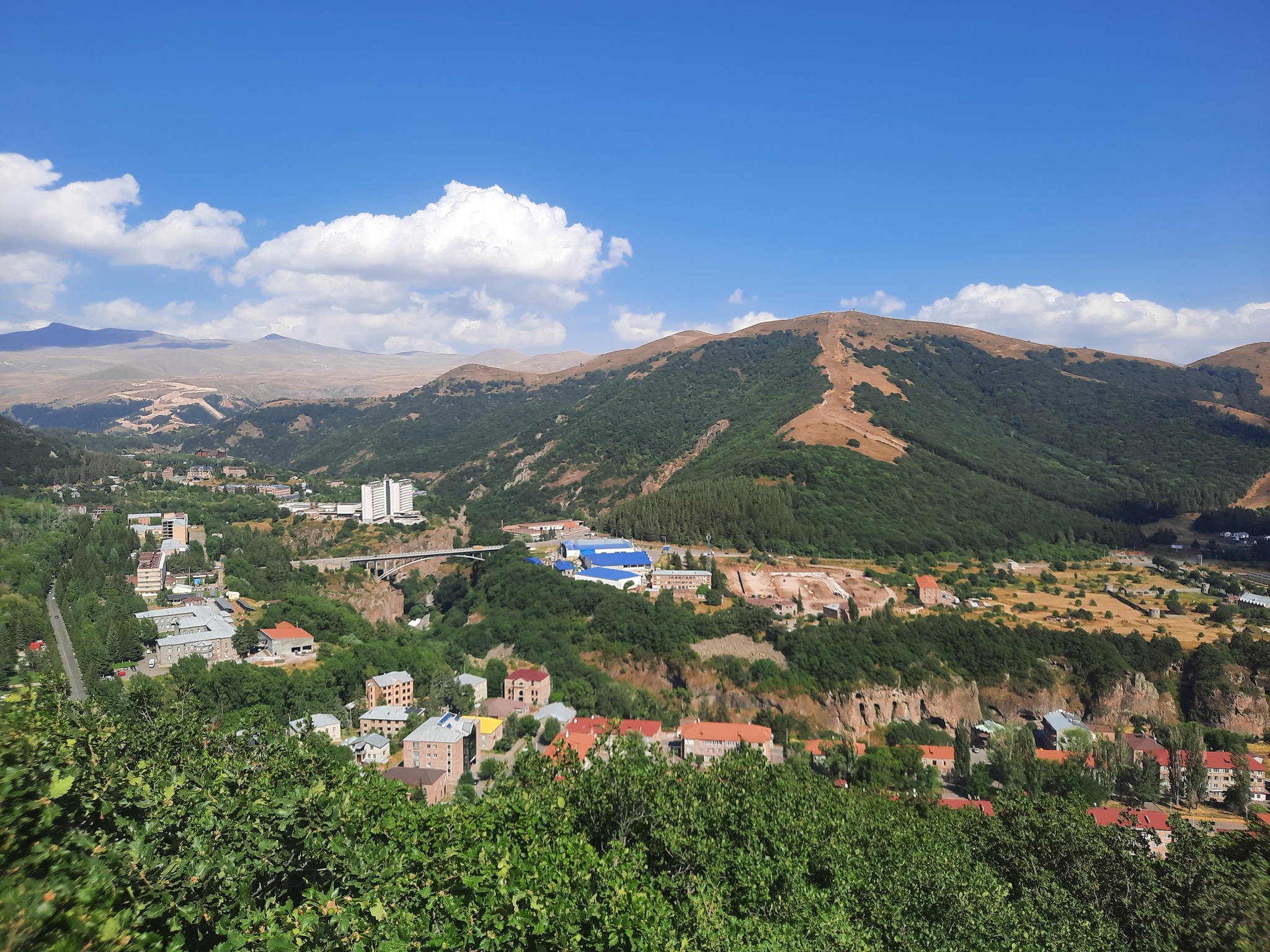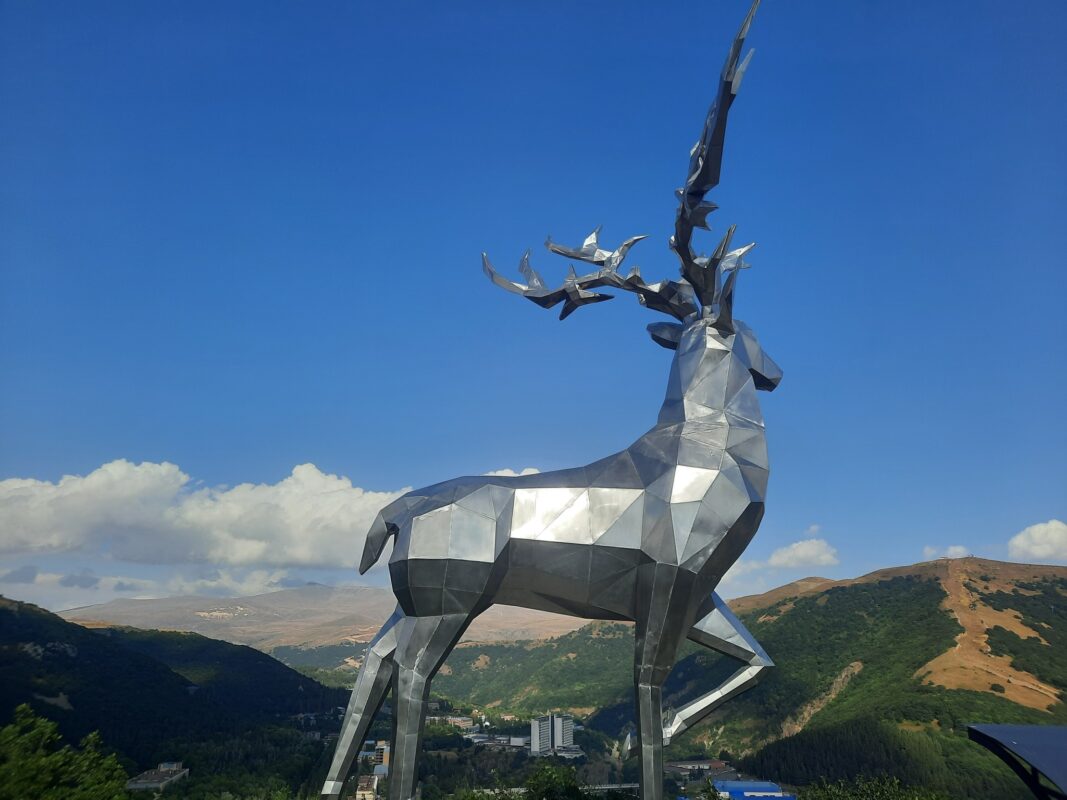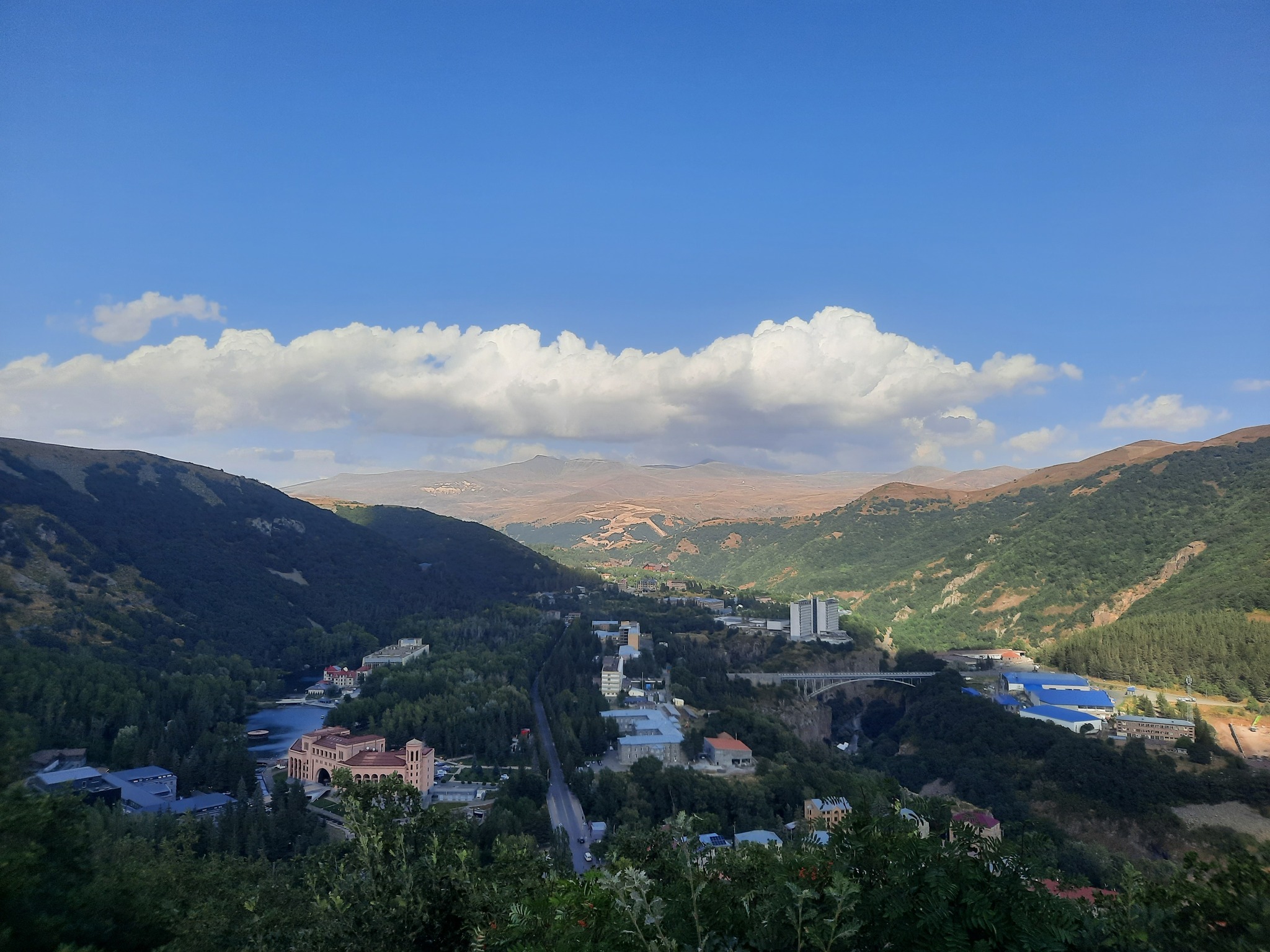Latest Listings
Related Listings
Close To You
Jermuk City
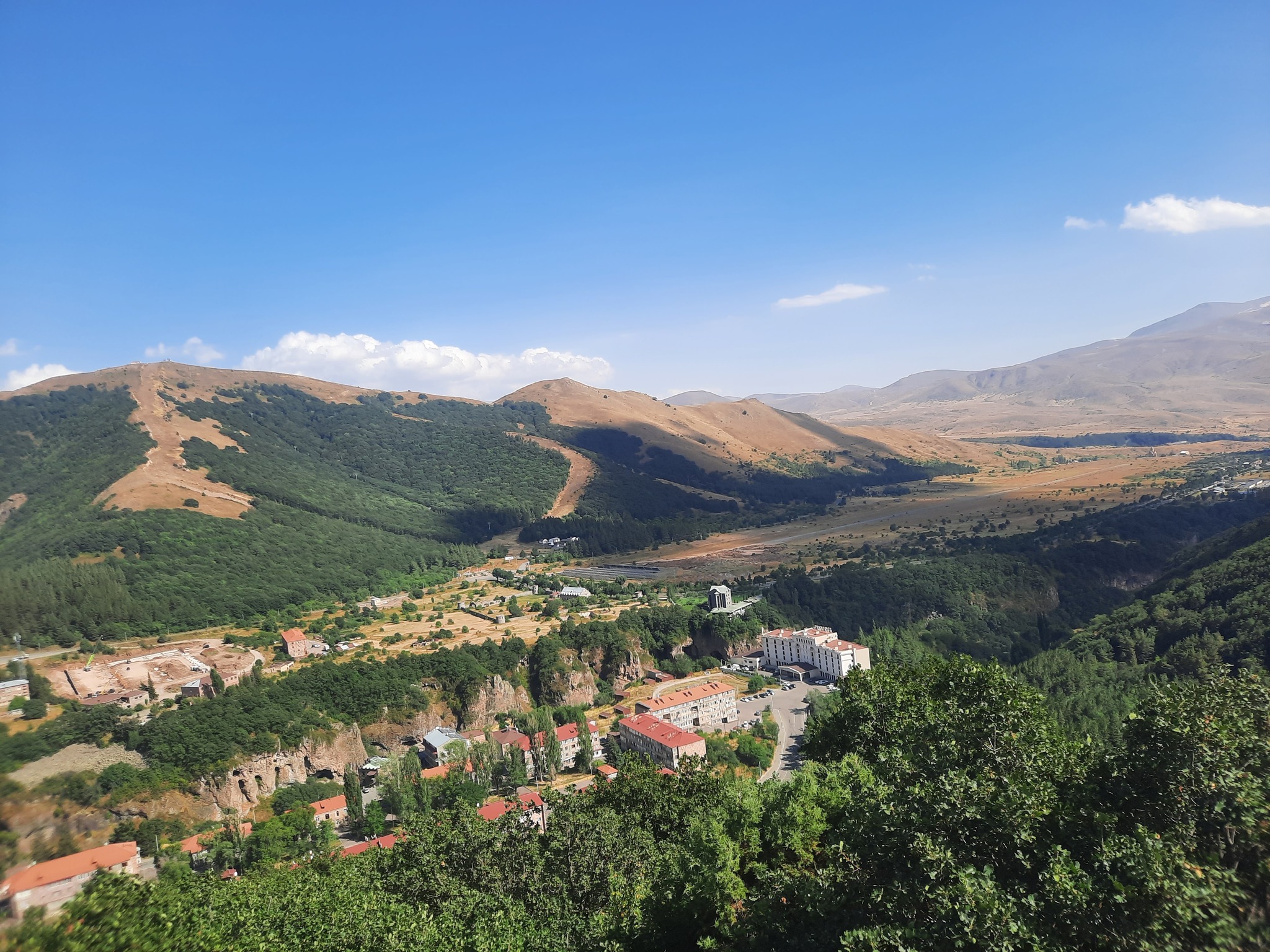
City
2080 m
Historical
Easy
VISITOR INFORMATION
📍 Area: about 6 km²
👥 Population: around 9,372
🏘️ Communities: 5 (including the town of Jermuk and the villages of Gndevaz, Karmrashen, Kechut, and Herher)
🛣️ Distance from Yerevan: about 170 km
🚗 How to get there: The road passes through the scenic gorges of Vayots Dzor. The most convenient route is the paved Yerevan-Yeraskh-Vayk-Jermuk highway (3.5-4 hours). There are also regular minibuses from the Kilikia bus station in Yerevan (around 5 hours), and taxis or private transfers cost between 22,000-28,000 AMD.
OVERVIEW
Jermuk, one of Armenia’s most renowned spa towns, is located in the Vayots Dzor Province at an altitude of 2,080 meters above sea level. The town is famous for its mineral waters, picturesque mountain landscapes, and healing alpine climate. Surrounded by lush forests and mountain ranges, Jermuk boasts dozens of hot springs that have defined its reputation as a leading health and wellness destination in Armenia.
ETYMOLOGY
The name Jermuk derives from the Armenian word “jerm” (warm), referring to the naturally hot mineral waters that have made the area famous since ancient times. In medieval sources, the settlement was known as an Armenian village that was later destroyed and rebuilt by foreign settlers, who renamed it Istisu (Turkic for “hot water”) - bearing the same meaning as the Armenian name. In 1924, the village officially regained its historic name, Jermuk.
HISTORY
Jermuk is first mentioned in the 13th century by historian Stepanos Orbelyan in his “History of the Province of Sisakan.” However, archaeological evidence, such as remains of a cyclopean fortress and traces of an 8th-century church, suggests that the area was inhabited much earlier, possibly even in pre-Christian times.
The curative thermal springs of Jermuk have been revered for centuries. Both the local population and the noble princes of Syunik used them for therapeutic purposes. The remnants of a medieval stone bathhouse, later renovated in the 1860s by the Tsarist officer Gevorg Khanaghyan and still known today as “Pristavi Gyol,” testify to the long tradition of healing practices in this area. This site symbolizes the roots of Jermuk’s spa culture.
Modern Jermuk began to take shape only in 1940, when construction of the first sanatorium was completed. From then on, it was developed as a purpose-built spa and resort town. In 1967, Jermuk was granted the status of a city of republican importance, and in 1970 it was designated an all-Union health resort within the USSR. During the Soviet era, numerous hotels, sanatoriums, mineral baths, and public drinking galleries were built, transforming Jermuk into one of the most popular spa destinations across the Soviet Union.
By the 1980s, Jermuk had a population of around 10,000 and more than 2,000 sanatorium beds. Following the economic hardships of the 1990s, the town experienced decline but began to revive by the late 1990s and early 2000s, driven by private investments and tourism development. Today, Jermuk is once again flourishing as Armenia’s premier spa and wellness destination, combining its historical heritage, natural beauty, and therapeutic resources.
ARCHITECTURE
The architectural identity of Jermuk has been shaped by harmoniously blending the power of its natural landscape with the functional layout of a spa town. The city stretches across a high plateau divided by the picturesque Arpa River Gorge, creating a unique spatial composition. On the right and left banks of the river lie Jermuk’s two main zones - the residential and the resort districts - connected by a grand bridge built in 1975, an engineering and artistic landmark that frames one of the city’s most iconic views.
The first master plan of Jermuk was drawn up in 1945 (architect P. Msryan), followed by a revised plan in 1952 (architect P. Manukyan). The final version, updated between 1960-1962, defined the modern structure of the town, with distinct residential, recreational, and spa zones that seamlessly integrate natural beauty with urban functionality.
Jermuk’s built environment is characterized by its sanatorium complexes designed with traditional Armenian architectural elements and materials - basalt, tuff, and clay stone. Distinctive features include horizontal balconies, arched openings, and colonnaded façades, which blend harmoniously with the surrounding mountains and the flow of the landscape.
Notable architectural landmarks include:
♦ Sanatorium No.1 (1962, arch. E. Tigranyan)
♦ Sanatorium No.2 (1963, arch. E. Tigranyan)
♦ Drinking Gallery (1966, arch. G. Tamanian)
♦ Bathhouse Complex (1969, arch. G. Tamanian)
♦ Ministry of Health Reception Hall (1952, arch. M. Grigoryan)
♦ Armenian Nuclear Power Plant Sanatorium (1980s, arch. M. Mikaelyan, S. Umedyan)
♦ HAMKH Sanatorium and Public–Sports Complex (arch. M. Mikaelyan)
Modern Jermuk has preserved its Soviet-era architectural heritage while integrating contemporary spa and hotel developments such as “Grand Resort Jermuk,” “Armenia,” “Olympia,” “Nairi,” “Verona” and others. These new constructions maintain the city’s aesthetic continuity while enhancing comfort and infrastructure. A highlight of Jermuk’s architectural identity is the columned drinking gallery, a symbol of the city that embodies the harmony between stone, water, and healing - the very essence of Jermuk as a “city of health.”
Overall, Jermuk’s architecture reflects a deep unity between nature and human design, where every building is adapted to the mountain climate, and the city’s aesthetic expression reinforces its tranquil and restorative character.
ECONOMY
Jermuk’s economy is primarily driven by the spa, tourism, and service sectors. Its economic foundation lies in its long-established health and wellness infrastructure, developed during the Soviet period and preserved to this day. These facilities continue to be one of the most profitable sectors of the Vayots Dzor region.
The leading industrial branch is the production of mineral water, which began in the 1940s. The “Jermuk Mineral Water Factory”, founded in 1949, remains one of Armenia’s most iconic brands. The factory produces tens of millions of bottles annually, supplying both domestic and export markets - including Russia, Georgia, Europe, and the Middle East. Jermuk’s mineral waters, comparable in chemical composition to those of Zheleznovodsk and Karlovy Vary, have earned international recognition.
Beyond mineral water, the town is home to small food processing enterprises specializing in dairy and cheese production, as well as hydroelectric stations and stone quarries. Local residents are also engaged in animal husbandry and horticulture, providing fresh products to hotels, restaurants, and sanatoriums.
Tourism forms another cornerstone of the local economy, combining wellness, eco-tourism, and adventure tourism. Dozens of sanatoriums, hotels, and guesthouses operate in the city, with tourist flows fueled by Jermuk’s attractions - such as Gndevank Monastery, Kechut Reservoir, the Jermuk Waterfall (Mermaid’s Hair), and scenic hiking trails.
In 2008, by decree of the Government of Armenia, Jermuk was officially declared a Tourism Development Hub, leading to new state and private investments in infrastructure, hospitality, and regional development. Today, Jermuk stands as a key economic hub of Vayots Dzor Province - notable for its clean environment, diverse economy, and strong investment appeal. With its natural assets and growing infrastructure, Jermuk holds the potential to become not only a national but also a regional spa and tourism capital.
CULTURE
Jermuk stands out not only for its wellness life but also for its rich cultural heritage. The town is home to a branch of the National Gallery of Armenia, established in 1972, which showcases works by renowned Armenian masters such as Martiros Saryan, Sargis Muradyan, Ara Sargsyan, Hakob Hakobyan, Rudolf Khachatryan, and the Kalents couple, among others. The gallery regularly hosts contemporary art exhibitions, cultural events, and seasonal art programs that enrich the city’s atmosphere.
Numerous historical and cultural monuments have been preserved in Jermuk and its surroundings, including the St. Gayane Church, medieval chapels, khachkars (cross-stones), and ancient cave structures. The region is also home to significant monastic complexes such as Gndevank Monastery, St. Astvatsatsin Church of Gndevaz, and St. Sion Monastery in Herher village. Many late-medieval settlements in the area feature remarkable examples of Armenian stone carving and cross-stone art.
Today, Jermuk hosts regular cultural festivals, concerts, and art exhibitions, which blend wellness with creativity. Newer initiatives include open-air concerts, plein-air painting sessions, and cultural gatherings set amidst nature, turning Jermuk into a vibrant fusion of healing, art, and inspiration.
LOCAL LEGENDS
Jermuk is often called the city of legends, where stories passed down through generations reflect the harmony between people, water, and mountains.
The most famous legend explains the origin of Jermuk Waterfall, known as “The Mermaid’s Hair.” Long ago, a prince’s daughter fell in love with a shepherd. Each night, she lowered a rope from her tower to bring him up from the gorge. When her father discovered their secret, he cursed her, saying that if she met the shepherd again, she would turn into a mermaid and never return to the human world. Defying her father’s will, she helped her beloved climb the rock once more - and in that moment, the curse took effect: the girl became a mermaid, and her long hair transformed into the cascading waterfall we see today.
Another legend tells of the discovery of Jermuk’s healing springs. A hunter once wounded a deer, which escaped into the mountains and leapt into a warm spring. Emerging healed, it ran off into the forest. The astonished hunter realized that the waters were miraculous-and since then, the deer has become Jermuk’s emblem, symbolizing nature’s healing power.
According to another local belief, kind mountain spirits dwell in the surrounding peaks, protecting the purity of Jermuk’s waters and forests. It is said that those who approach the springs with pure hearts find peace and renewal-an ancient belief that still draws visitors seeking both physical and spiritual healing.
Facilities
Nearby
Located about 12 km southwest of Jermuk, in the gorge of the Arpa River, this monastery was founded in 936 AD by Princess Sopi of Syunik. The complex, consisting of a main church, gavit, chapels, and a citadel, represents the finest traditions of medieval Armenian architecture.
The city’s most iconic natural landmark, this 70-meter-high waterfall flows into the Arpa Gorge. Its name derives from the legend of the cursed princess, and it is most spectacular in spring, when the melting snow enhances its power.
A stone-built church from 1686, distinguished by its cross-shaped plan and elegant dome. The village also features an 11th-century irrigation canal, still in use today, built during King Vasak’s reign.
This columned pavilion in the heart of Jermuk is a symbol of the spa town. Designed by architect Gevorg Tamanian (son of Alexander Tamanian), it channels mineral waters of varying temperatures and compositions, offering visitors the opportunity to taste healing waters straight from the source.
Constructed in the 1980s as part of the Arpa-Sevan water tunnel project, the reservoir regulates regional water balance and provides breathtaking views of Jermuk’s mountain scenery. Surrounded by forests, it is a popular site for walks and photography.

